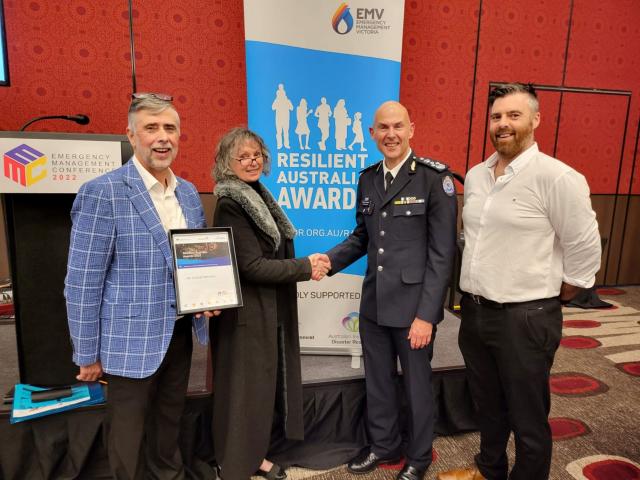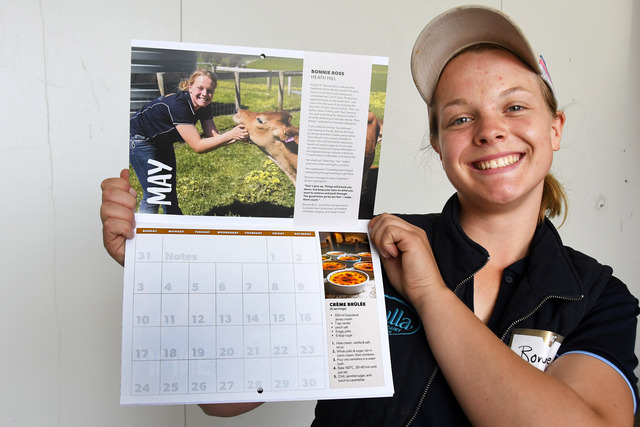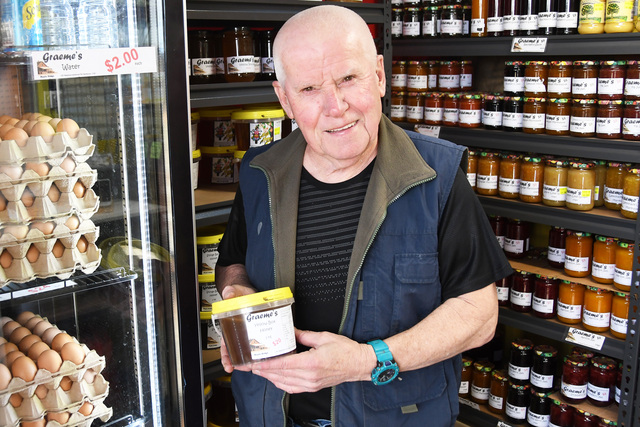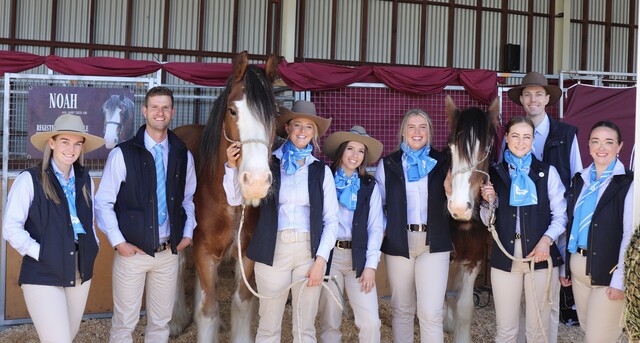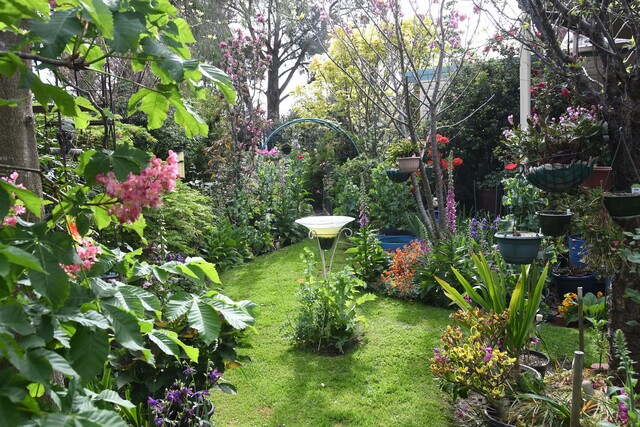Suicide Safer Communities is working to bring a world-first artificial intelligence suicide prevention program to Casey.
CEO of the Life! Central charity and HelpNet online counselling program Drew Gormlie says it’s important to get as far ahead of community suicide triggers as possible.
Suicide Safer Communities, as part of HelpNet, is designed to “fill in the gaps” in community resources that leave residents at risk of suicide.
In Casey, mental health is a large area of concern for many organisations and constituents.
One in 5 Casey residents suffer from severe psychological distress.
Less than half (48%) of Casey locals feel safe walking in their neighbourhood after dark.
There were also 5208 domestic violence incidents reported to police from September 2021 – September 2022.
Mr Gormlie and his team are looking forward to bringing their software to their home region of Casey.
However nothing is in motion yet.
“At the City of Casey, we are committed to supporting evidence-based approaches that increase resilience, safety, and connection within our communities, as outlined in our Health and Wellbeing Strategy 2021-25,” said City of Casey Manager Connected Communities, Sara Ball.
“Given the high rates of psychological distress experienced within our community, we monitor and welcome innovation in the mental health promotion and suicide prevention space, however we currently have no plans to use this specific technology.”
In developing their artificial intelligence software, the team wanted to have an understanding of communities before making recommendations for suicide prevention.
“You can’t mitigate against risk,” Mr Gormlie said.
“You can’t stop health issues, economic issues, relationship issues, COVID, floods, fires, whatever it is.
“But you can create an environment where you’ve got resources so that when those negative things happen, you have what you need.”
The AI software runs many different versions and is designed for use by individuals, organisations, police, military and varying geographic regions.
The success of the software is evident in how the program improved the suicide rates of the Upper Murray community.
“They had a suicide rate that was ten times the national average,” Mr Gormlie said.
“We delivered 144 recommendations to the Upper Murray Health Department, agencies and to the general public.
“Over the last 22 months, there hasn’t been another death.”
Mr Gormlie says the efficacy of the program comes in its ability to empower community organisations and members to “feed change” and “make things happen” themselves.
Each community is different, and Mr Gormlie believes the AI software provides invaluable insight into the unique challenges facing a region.
Using the findings from surveys, the team is able to make recommendations for suicide prevention that are “more strategic” and “informed” than traditional approaches.
The AI software works by having members of a community fill out a 10 minute survey.
The questions are based on research findings from psychologists, which allow the program to identify whether there are issues around domestic violence, isolation, crime or lack of resources.
“The survey identifies areas that need to be strengthened so we can fill in the gaps,” Mr Gormlie said.
The program has reached international success, being delivered in Fiji, Malaysia and the UK.
Mr Gormlie says the program has the potential to “alleviate pressure on the mental health and clinical systems” in Casey.
He emphasises how cost effective the AI software is in comparison to the expense of manpower it would take from psychologists to achieve the same result.
“We do the whole thing in six weeks for about 10% the price of psychologists,” Mr Gormlie said.
“Once we know exactly what’s going on, we can make recommendations that are more strategic and save on resources in the community.
“Over a two to three year period, there’s the potential for the load on the mental health system to be be reduced by 10-20 per cent.”
Following some suicide prevention training over a decade ago, the team at Life Central realised how significant the issue was in the Casey area.
“A lot of young people were dying in Casey,” Mr Gormlie said.
“So we started training as many people as we could, but it was too little too late.
Mr Gormlie says suicide is a symptom, not a cause.
He and Life Central’s Prevention Services Director Debra Croft decided to take action.
“We started talking about ways we could do things differently so we could address the problem more effectively,” Mr Gormlie said.
Life! Central has been rewarded for their impressive work, receiving a Resilience Australia Award in 2022.
Suicide Safer Communities believes the responsibility for suicide prevention rests with individuals, organisations, professional groups and services across the community and that suicide prevention/intervention/post-vention should be provided in a coordinated, holistic and integrated way according to the needs of the individual and community.
The team is now looking at partnering with nationwide organisations to create real change across Australia.

